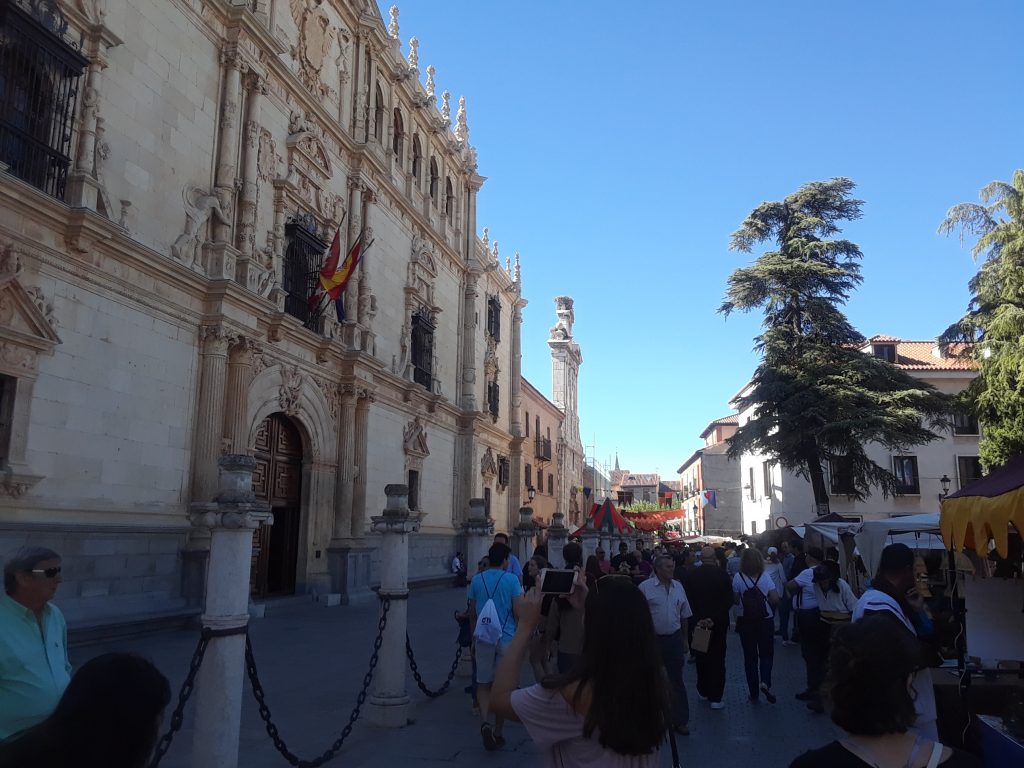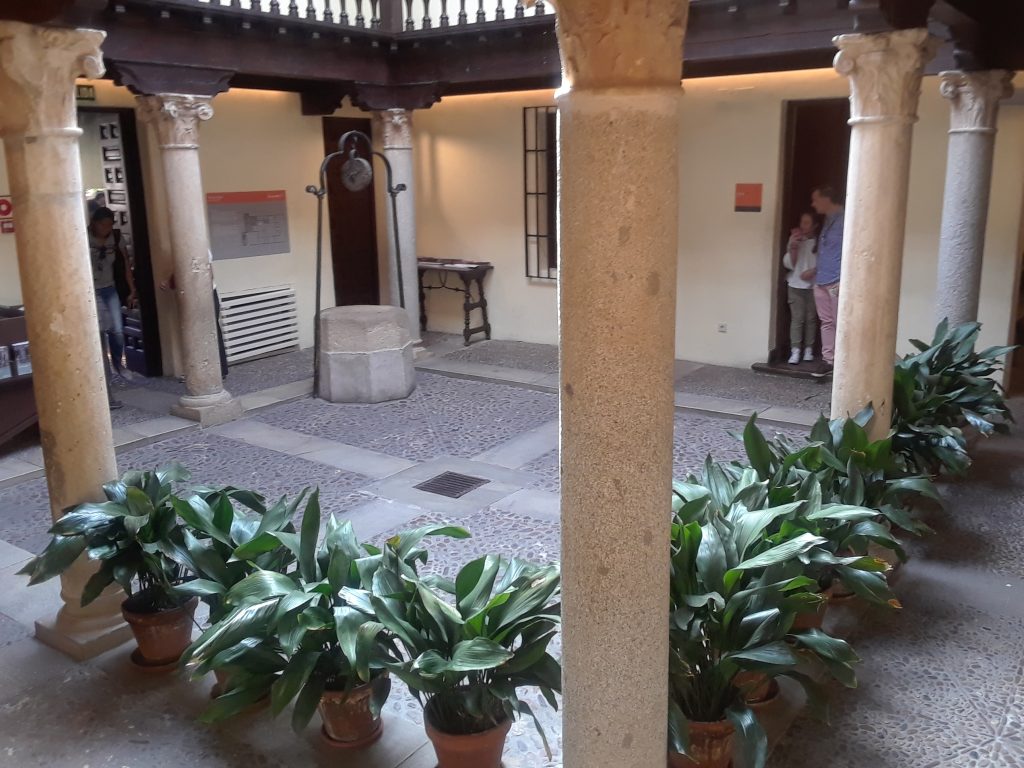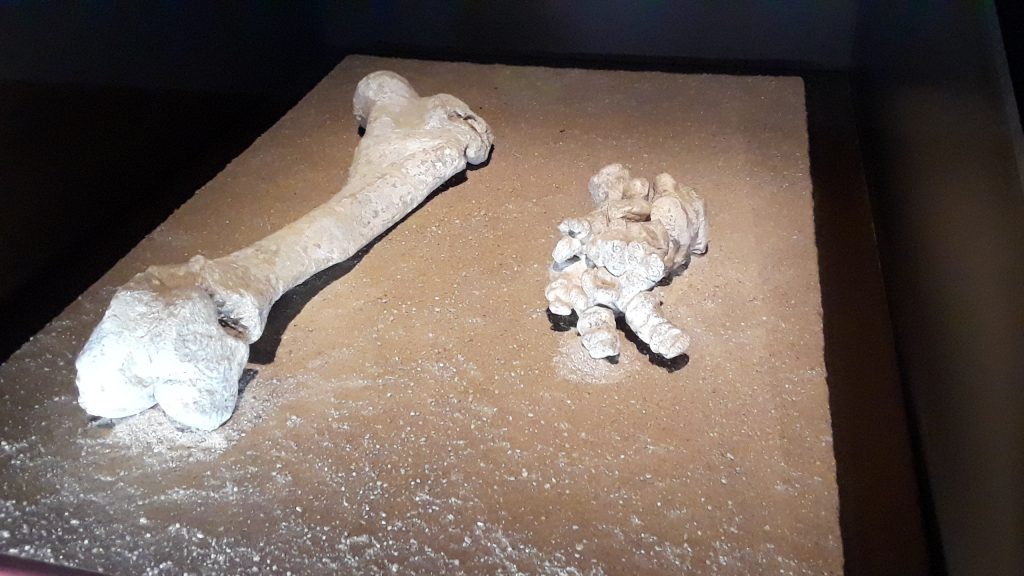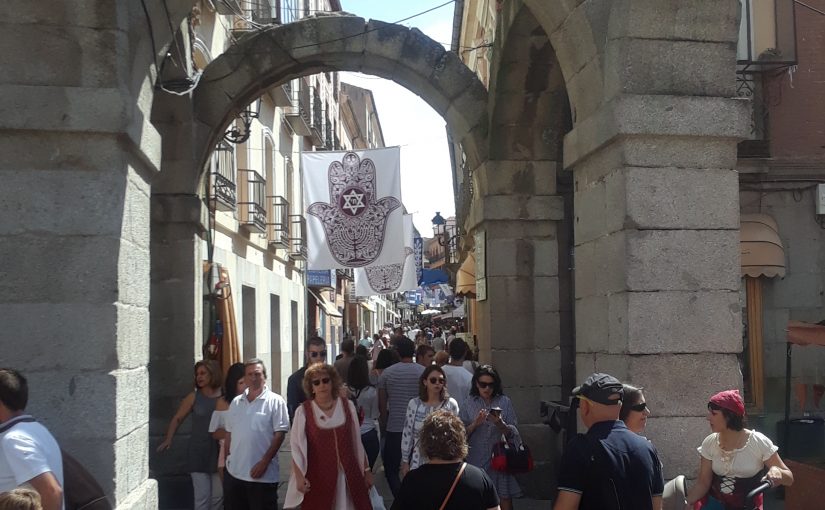“Medieval walls? Santa Teresa de Jesus? A 16th century home?” were questions that were going through my head as I toured the nearby cities of Avila and Alcala de Henares. I could not contain myself when I found myself face to face with thousands of years of history. What topped off the experience was that both cities were having medieval festivals!
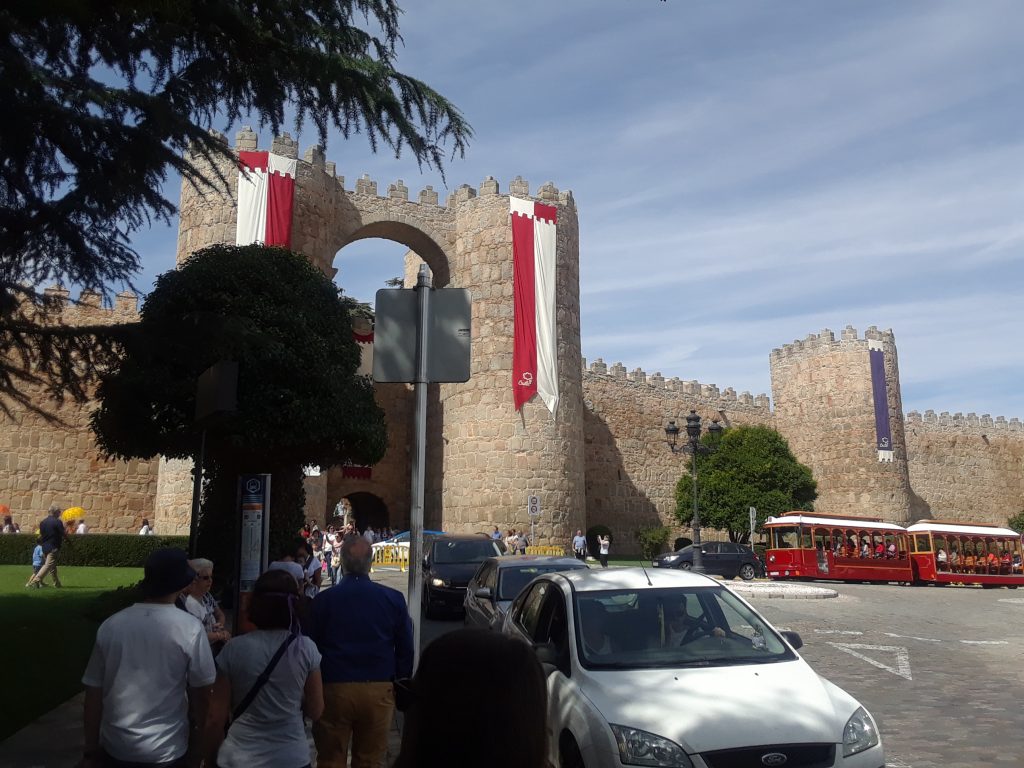
Avila, Spain, which is an old city to the west of Madrid, where I am studying, shattered my expectations as my host mom and I inched closer and closer to the city center where the behemoth wall stood. The wall is almost 1,000 years old and encircles the historic city center. We went through one of the main entrances and were greeted by lively folk music, people in colorful medieval costumes, and a plethora of vendors selling souvenirs and food.
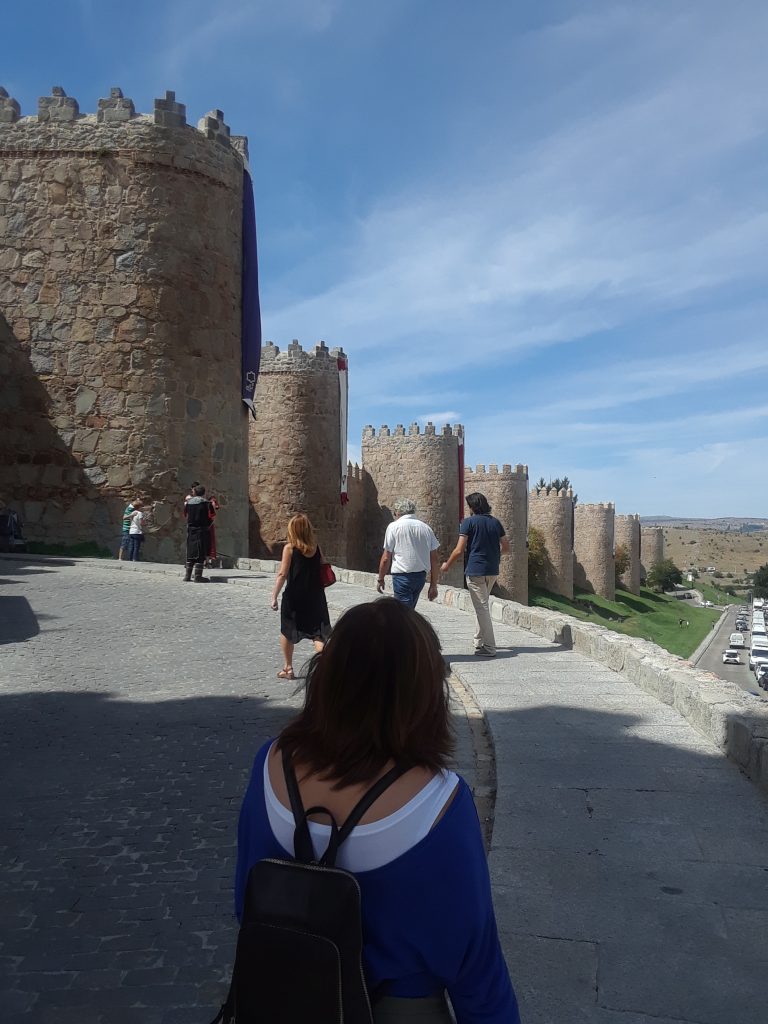

On my way out, I did not hesitate to try Avila’s famous Patatas Revolconas, to visit the ancient Cuatro Postes, or to learn more about Santa Teresa de Jesus who lived in Avila.
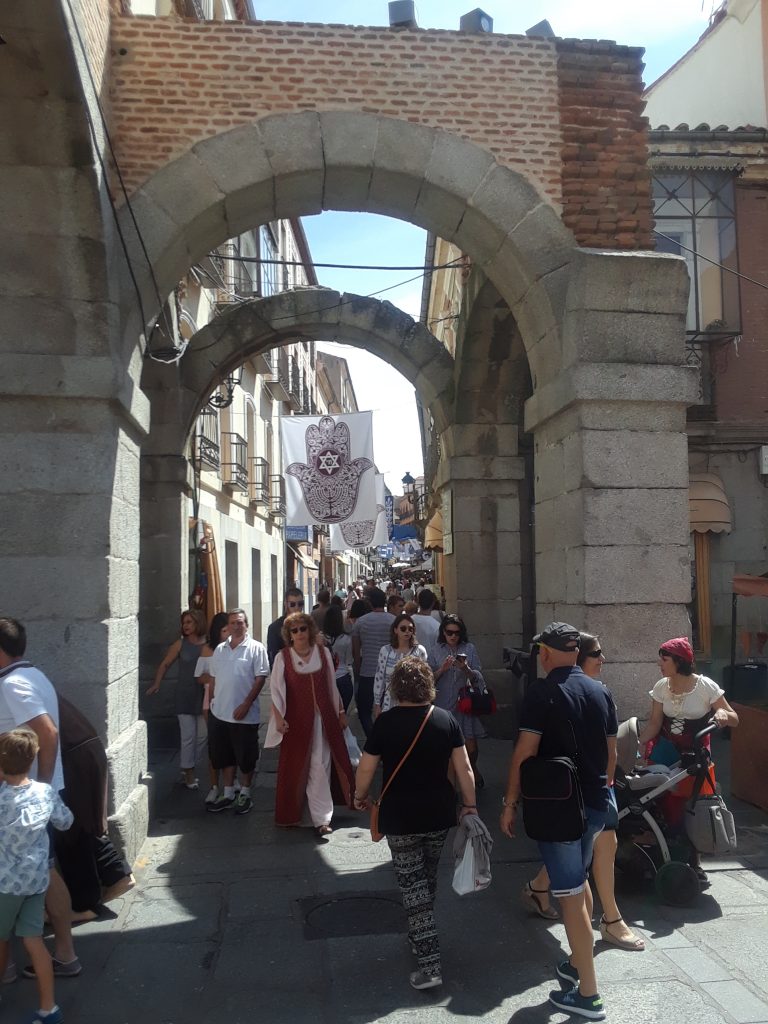
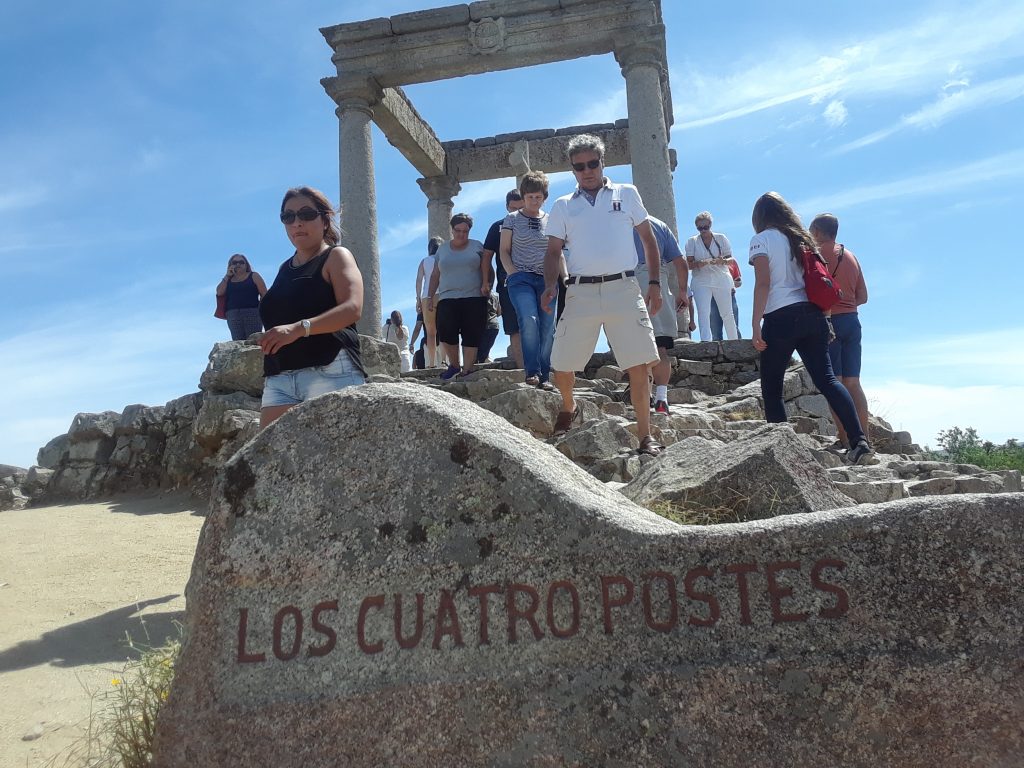
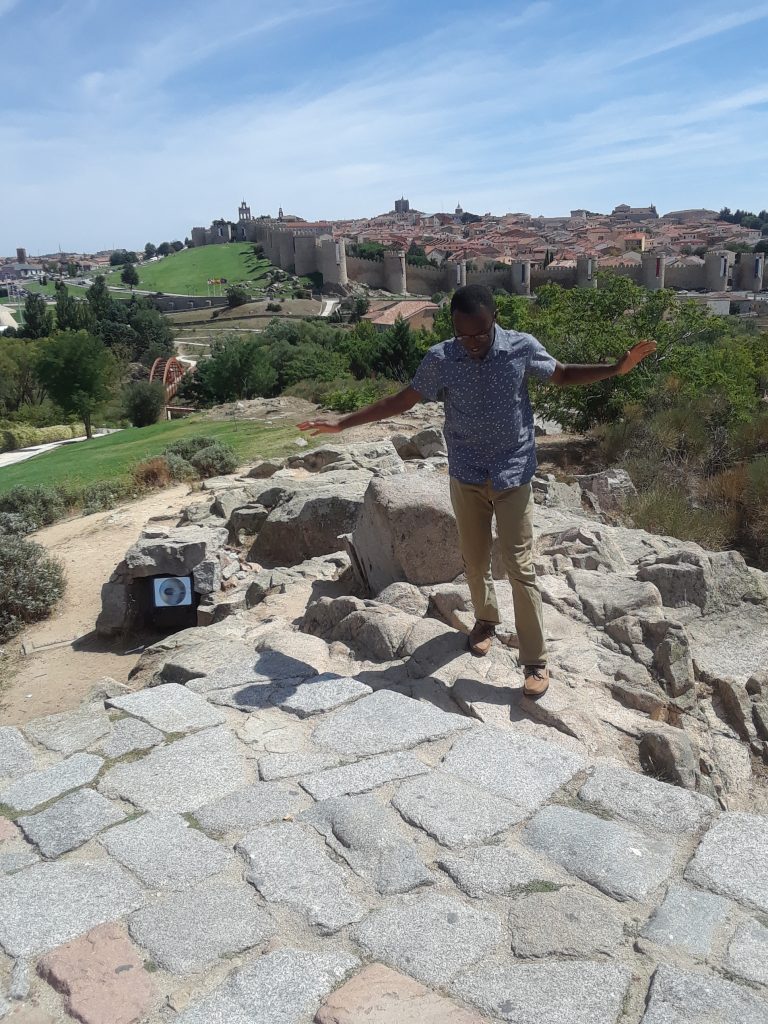

My thirst for history led me further to Alcala de Henares, an ancient city just east of the city of Madrid. I felt honored to stand in a city founded in pre-Roman times. I was able to visit an archeological museum where million-year-old fossils were displayed along with Roman mosaics and other ancient artifacts. I also received a tour of the house where 16th century author Miguel Cervantes, the author of Don Quixote, was born. Stepping outside into the streets of Alcala, I found charming streets bustling with people who have come for the medieval festival. Mini parades of people dressed in armor and mystical creatures livened the avenues of vendors.

